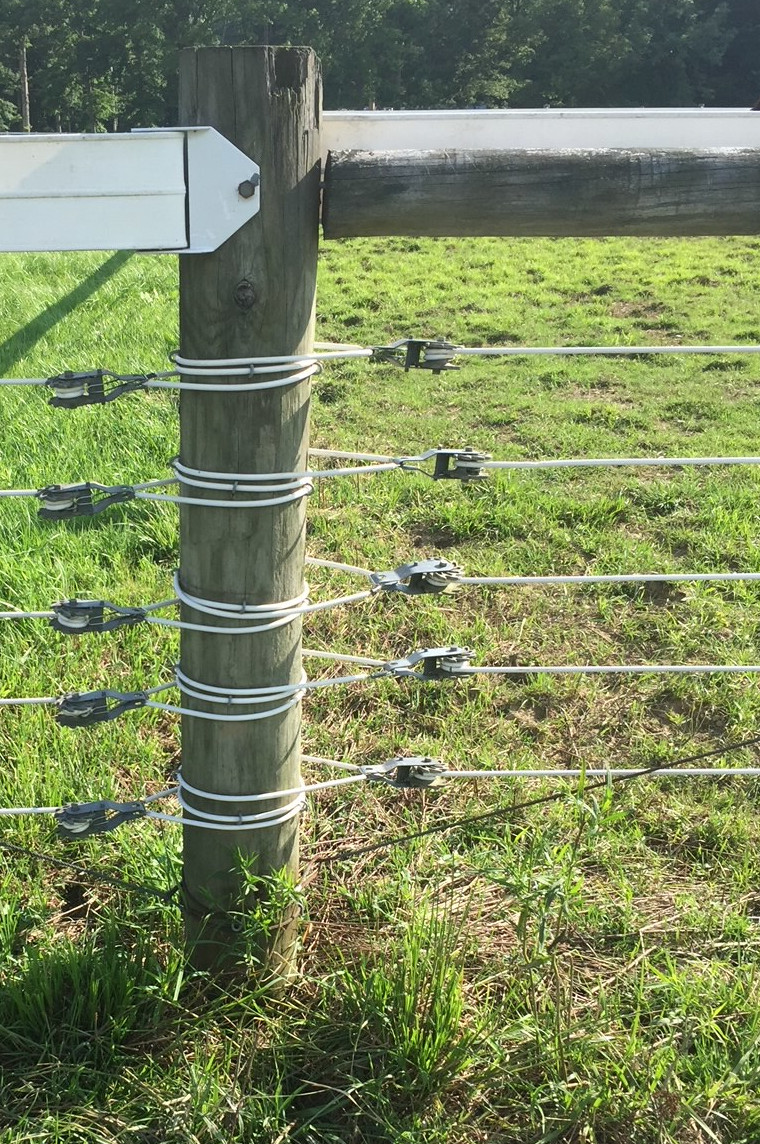Time to Dig and Set Posts
Tags | |
UUID | 5b2524c7-83c1-11e5-9770-bc764e2038f2 |
The Time to Dig and Set Posts formula estimates the low-end (optimistic) estimate of time to dig and set posts for a length fencing based on the distance between the post and the whether their dug by hand or with an auger. Note: all estimates are wrong in rocky area or areas with high concentrations of tree roots.
INSTRUCTIONS: Choose units and enter the following:
- (FL) Total Length of Fence
- (PD) Distance between Posts
- (M) Method of Digging: choose (By Hand or Mechanical Auger)
Time to Dig and Set Posts (t): The calculator returns the time in hours.
The Math / Science
Digging fence posts takes time. In ideas circumstances, when the ground is soft and not rocky, the process is fairly uniform. Using hand tools or a mechanical auger, one can move along fairly quickly. This formula computes the optimistic (minimum) total estimate of time to dig and set fence posts for:
- Total Length (p) - The total fencing perimeter or length.
- Uniform Spacing (l) - The standard length between the post for rails or runs of other materials (e.g. wire)
- Method (m) - By Hand with hand tools or using a Mechanical Auger.
Hand Tools
The most commonly used hand tools for digging fence posts are as follows:
- Post Hole Digger
- Digging Bar aka Digging Iron
- Tile Drain Shovel (a long skinny spade)
Farm Fence Calculators
 Number of Posts and Rails: Computes the number of fence posts and rails needed for a length of wood fencing.
Number of Posts and Rails: Computes the number of fence posts and rails needed for a length of wood fencing.- Wood Fence Cost Estimate : Computes material costs for post and rail fence based on the number of posts and rails (above) and unit cost pricing.
- Wire Fence Materials: Computes the materials needed for a high tension fence.
- Wire Fence Cost Estimate Computes the materials and costs of a high tension wire fence.
- Time to Dig and Set Post: Estimates the low-end (optimistic) estimate of time to dig and set posts for a length fencing based on the distance between the post and the whether their dug by hand or with an auger. This means few or no rocks or tree roots.
- Labor Cost to Dig and Set Posts : Computes the approximate cost of labor in digging and setting fence posts based on the length of the fence, uniform distance between posts, method of digging (by hand, power auger) and the hourly labor pay rate (DPH).
- Three Sided Land Fencing:
Computes the number of fencing segments or posts and rails or horizontal boards needed to go around a three sided fence area.
- Rectangle Area Fencing: Computes the length of the perimeter, area and diagonal length of a rectangle field or area based on the dimensions (length and width). It also computes the number of posts or fence segments based on the length of the segments or separation of the posts.
- Four Sided Land Fencing: Computes the number of fencing segments or posts and rails or horizontal boards needed to go around a four sided fence area that is not necessarily squared.
- Five Sided Land Fencing: Computes the number of fencing segments or posts and rails or horizontal boards needed to go around a five sided fence area.
- Oval Shaped Land Fencing: Computes the number of fencing segments or posts and rails or horizontal boards needed to go around an oval shaped fence area.
- Circular Fence Calc: Computes the diameter, number of posts, rails, perimeter and area of a circular shaped fenced area (paddock). Use this if you know how many segments you have and want to fence-in a roughly circular area..
- Fence Needed for Circular Area: Computes the area, perimeter and fencing materials needed to enclose a roughly circular area based on the diameter, length of fence segments and the number of rows of rails. Use this if you know how many segments you have. Use this if you know the diameter of the area you want.

- Semi-Circle Area Fencing: Computes the fencing materials needed to enclose a roughly semi-circular area based on the diameter, length of fence segments and the number of rows of rails.
- Fencing Needed for Polygon Area: Computes the area and side length enclosed within a polygon (e.g. octagon) shaped area (paddock).
- Area Fenced in Polygon: Computes the area enclosed in polygon (e.g., 12 sided) fence area based on the length and number of individual sides.
- Number of Posts needed for a Wood Fence: Computes the number of posts needed for a length of fence based on the spacing.
- Number of Rails needed for a Wood Fence: Computes the number of rails needed for a length of fence based on the length of the rails and number of rows.
- Ideal Spacing below Max: Computes the ideal even spacing over a length or distance based an a maximum spacing.
Equations and Data Items
Equations and Data Items
Collections
- Comments
- Attachments
- Stats
No comments |

